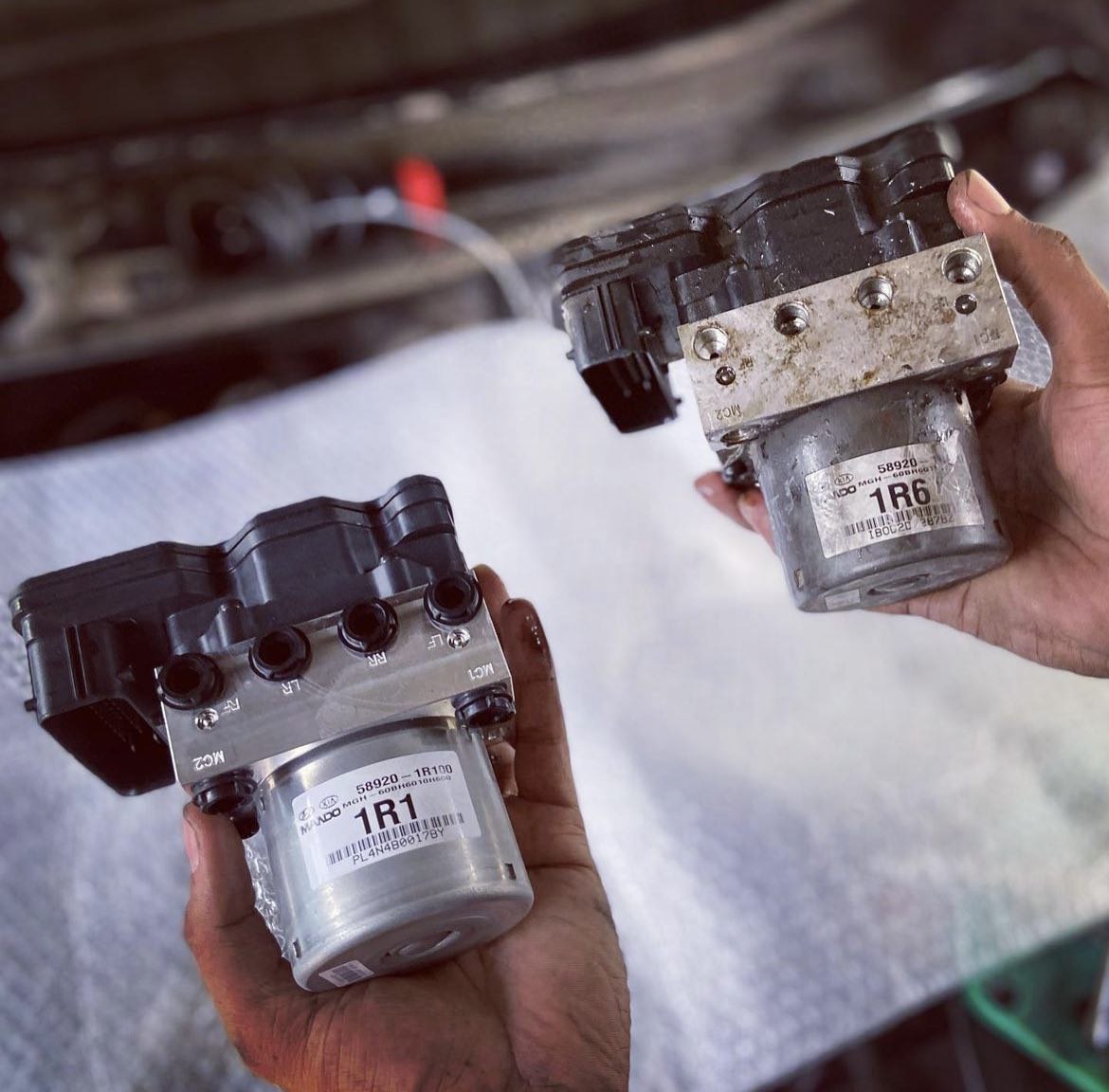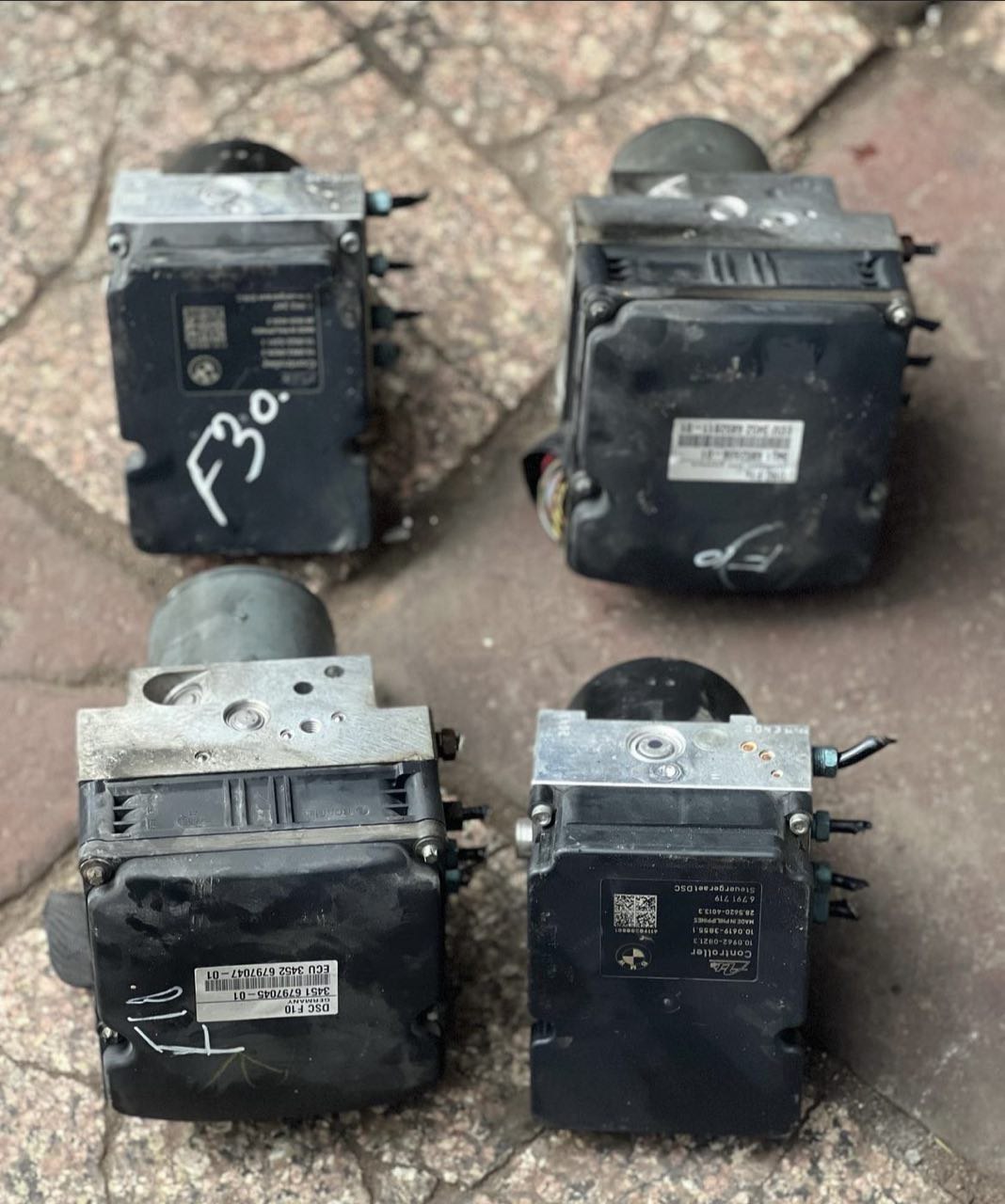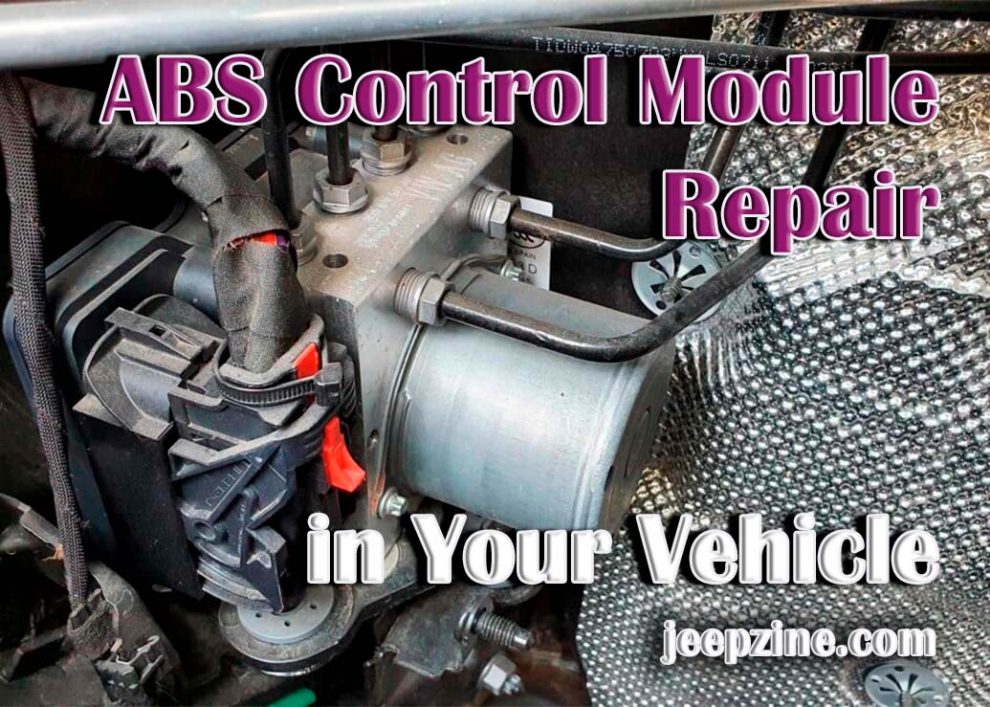Regarding car safety, nothing is more important than the anti-lock braking system (ABS). This system prevents wheel lockup during extreme braking conditions and helps your vehicle stop quickly and safely. But if you encounter any issues with your ABS system, it could mean that something has gone wrong with the ABS control module. In this article, we will discuss what an ABS control module is, how to diagnose and fix related problems, and how to reinstall and reconnect all components after being replaced or repaired.
What Is an ABS Control Module?

This component is a vital element within the ABS system, responsible for regulating brake pressure across various driving conditions to achieve smooth braking on all road surfaces. It also gathers data from multiple sensors and communicates with different components in the braking system, including valves, pumps, and brake calipers. Proper installation and system reset after replacement are crucial to ensure optimal performance and overall vehicle safety.
Diagnosing the Problem with Your ABS System
You’ll need to connect a diagnostic scan tool to the car’s computer to properly diagnose the problem with your ABS system, including the ABS Control Module. This tool will allow you to access and monitor data from various sensors in the system to identify any issues. After connecting the scan tool, you should start by checking for any stored codes that indicate a failure or malfunction within the ABS system, such as C0035 (ABS Control Module Failure), C0036 (ABS Control Module Internal Failure), and C0042 (Left Front Wheel Speed Sensor Error). Additionally, when diagnosing any issues with the ABS system, it is essential to first check for any visible signs of damage or malfunction, including loose or worn components, inspecting wires and connectors for corrosion or fraying, and looking for any visible fluid leaks. If no physical damage are found, you can check your ABS system’s various sensors and components. Also read about Best Brake Pads for Dodge Ram 1500.
ABS Control Module Repair and Replace
Once potential issues with your ABS system have been identified, you can move on to replacing or repairing the damaged component. If it is determined that the ABS Control Module is not functioning correctly, then you will need to remove the module from its mounting bracket. It will require unplugging any attached wires or connectors and removing any screws or bolts securing the module in place before carefully lifting it out of its position. Then, look for a compatible replacement part that matches your vehicle’s make and model. Once installed, all wiring must be reconnected and double-checked for optimal performance. Additionally, you should reset all settings to ensure proper calibration of the new module before reinstalling it into its original mounting location.
Reinstalling and Reconnecting of All Components

Once all components are addressed, reconnect and reinstall them to reactivate their functionality within the system. Begin by plugging in wiring harnesses into their respective connectors on both sides of the ABS control module and attaching them to individual components within the braking system, like valves, pumps, solenoids, etc. After securely connecting everything, consider locating ground terminals near each element that requires grounding, and then proceed to reconnect them to each other to reestablish the power supply.
Testing Your Restored Vehicle System
Once you finish reassembling the ABS control module, you must test that your vehicle’s system functions correctly. It includes monitoring the speed sensors in all four wheels and testing its ABS capability during extreme braking conditions. You should also check for issues like stuttering, jerking, or inconsistent driving braking. If everything checks out and all components function properly, your ABS Control Module has been successfully repaired or replaced.
Conclusion
Repairing an ABS control module is a complex process that requires careful attention and precise knowledge of the vehicle’s braking system. After diagnosing any issues with your vehicle’s ABS system, you can begin to replace or repair the faulty component. It includes removing the ABS control module from its mounting bracket, replacing it with a compatible model, reconnecting and reinstalling all braking system components, and testing for any issues. If successful, you should be able to experience optimal stopping power and improved vehicle safety when driving on all road surfaces.

